War Pig
I wanna be Dave
So, I've had this idea in my head for awhile. Since we're doing the TTC here in Oregon next month, I decided to take a few hours and build it. Mostly built from parts and materials I had lying around.
The frame is made of 1/2" square tubing, rear axle is 1/4" cold rolled steel. Weight box is 16 ga. steel with screen door rollers for wheels, and they roll on 1/4" round rod. A cable goes through a small hole in the rear axle, and when the truck pulls the sled, the cable rolls up on the rear axle, goes through a piece of bent tubing at the front of the sled, and pulls the weight box up to the front.
Pics.
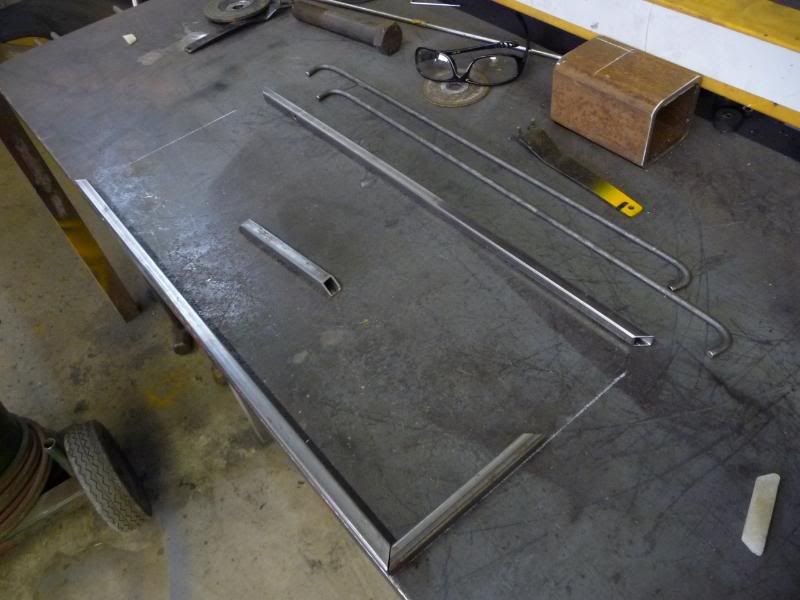
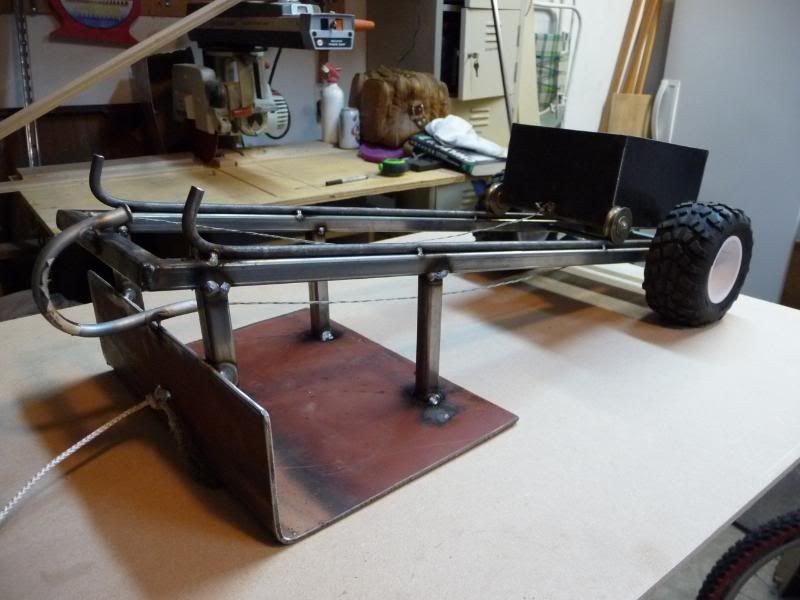
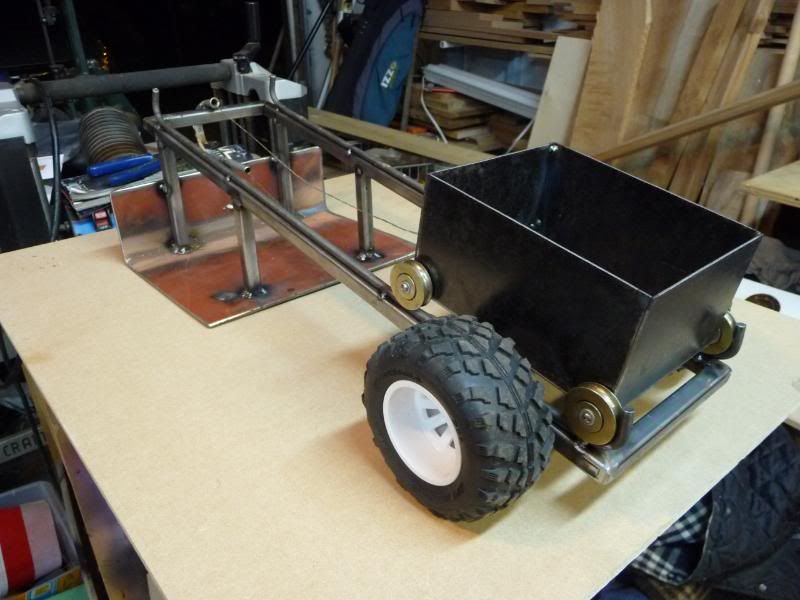
A couple of short videos. These test pulls were made at the site of the TTC truck pull. The ground will be raked and cleared of all sticks and rocks. These pulls were made with a 5-6 lb. block of steel in the weight box. The actual pulls will be made with a little more weight, no full pulls on my watch .
.
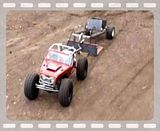
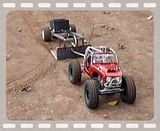
The frame is made of 1/2" square tubing, rear axle is 1/4" cold rolled steel. Weight box is 16 ga. steel with screen door rollers for wheels, and they roll on 1/4" round rod. A cable goes through a small hole in the rear axle, and when the truck pulls the sled, the cable rolls up on the rear axle, goes through a piece of bent tubing at the front of the sled, and pulls the weight box up to the front.
Pics.



A couple of short videos. These test pulls were made at the site of the TTC truck pull. The ground will be raked and cleared of all sticks and rocks. These pulls were made with a 5-6 lb. block of steel in the weight box. The actual pulls will be made with a little more weight, no full pulls on my watch


Last edited:
